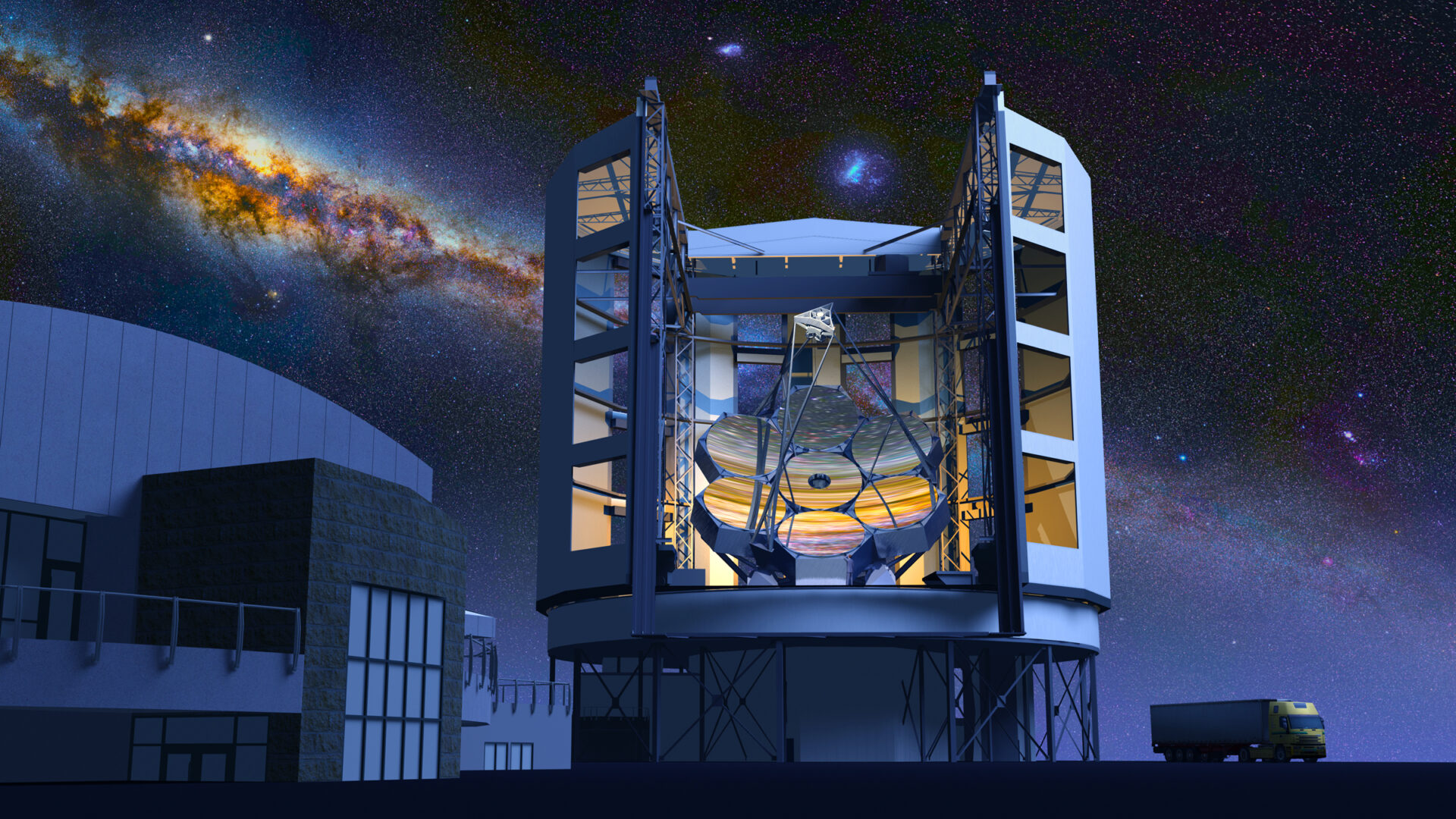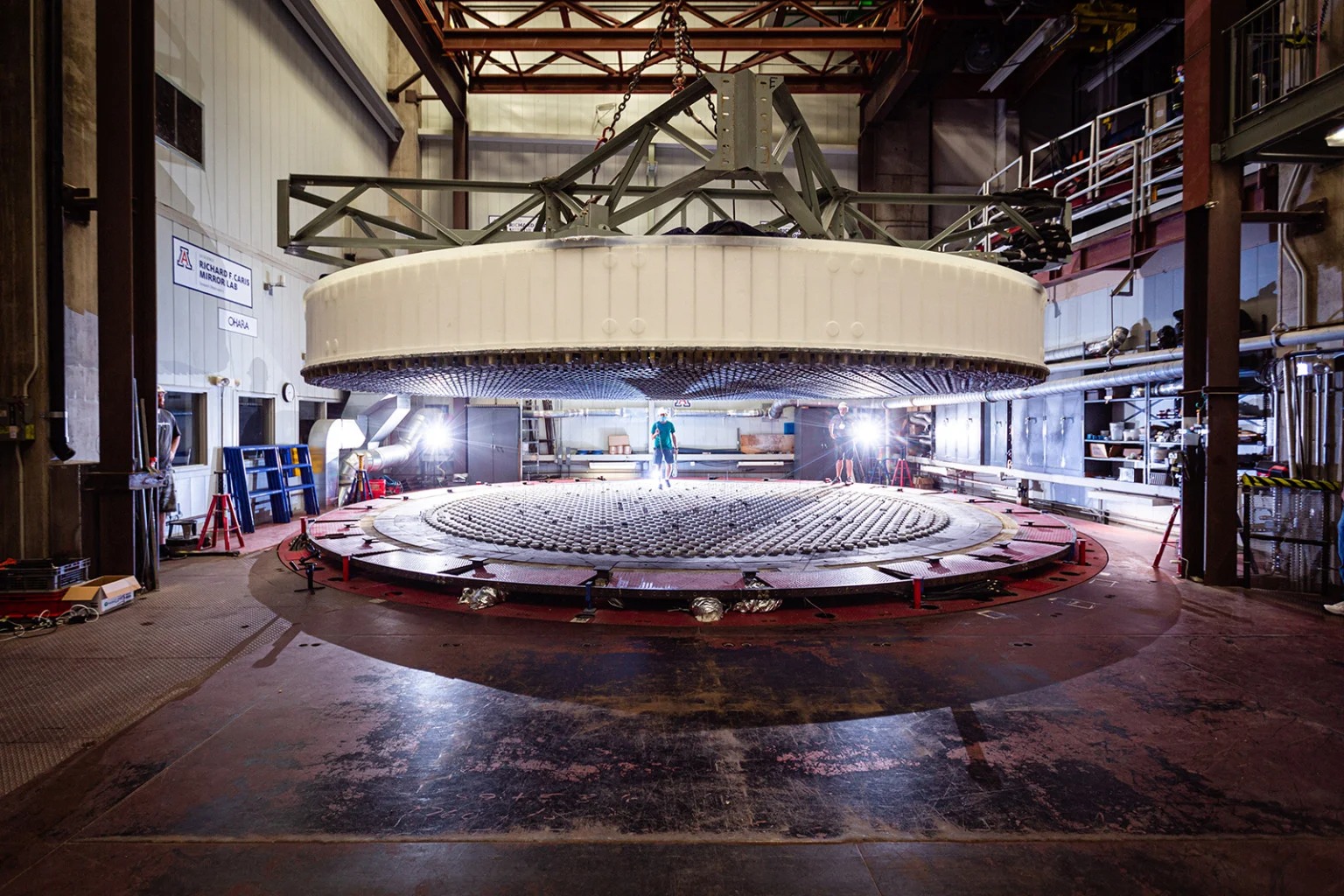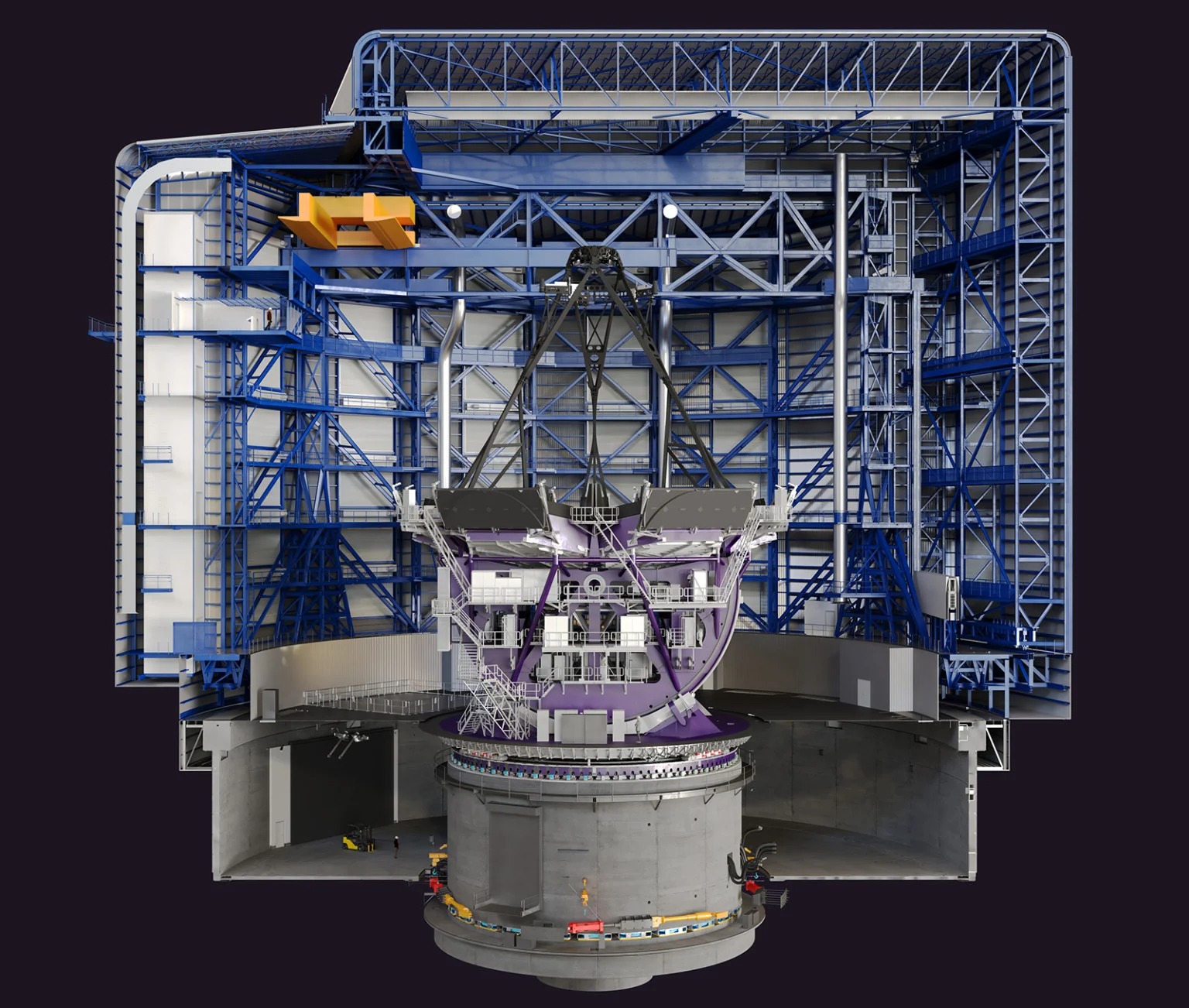The Giant Magellan Telescope (GMT) is the most powerful telescope ever created by mankind. Its construction has been progressing quite slowly lately. To speed up this process, it received new funding for USD 205 million.

According to the Giant Magellan Telescope Organization (GMTO), this investment is one of the largest rounds of funding for the telescope since its inception. The funds will be used to manufacture a giant 12-storey telescope structure, which will be located at the Las Campanas Observatory in Chile, Atacama Desert.

After GMT is put into operation, it will be 4 times more powerful than the James Webb Space Telescope due to a larger light collection area. It will also be 200 times more powerful than any existing research telescope. Although the exact date of its completion has not been determined, commissioning is expected to begin in the late 2020s, and this latest cash injection will undoubtedly greatly help to make this goal a reality.

The Giant Magellan Telescope is considered the future in space exploration. It will use the largest mirrors in the world – a 25.4-meter matrix consists of seven mirrors with a diameter of 8.4 meters, which weigh 18 tons. The total light collection area of 368 m2 will provide sufficiently clear images to distinguish small details on the coin from a distance of almost 160 kilometers. Such capabilities will allow creating the most detailed images of the Universe, they will even surpass the resolution of the James Webb Space Telescope, which recently amazed the world with its most detailed images.

The completed structure will reach 39 meters in height, weighing 2,100 tons and will be housed in a 65-meter-long hull that can complete a full revolution in almost three minutes. Seven adaptive secondary mirrors can change the shape of a two-millimeter-thick surface 2,000 times per second to correct the effect of optical blurring of the Earth’s atmosphere in the widest field of view of any telescope. Simply put, the telescope should become a miracle of technology and establish a new peak of observations of space.
Earlier we reported on the TOP 4 telescopes that will be built by 2030.
According to Petapixel
Follow us on Twitter to get the most interesting space news in time
https://twitter.com/ust_magazine

